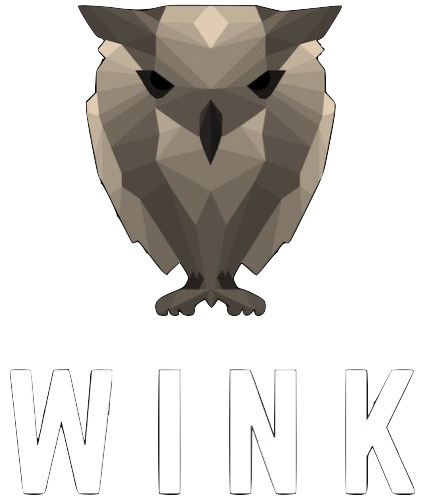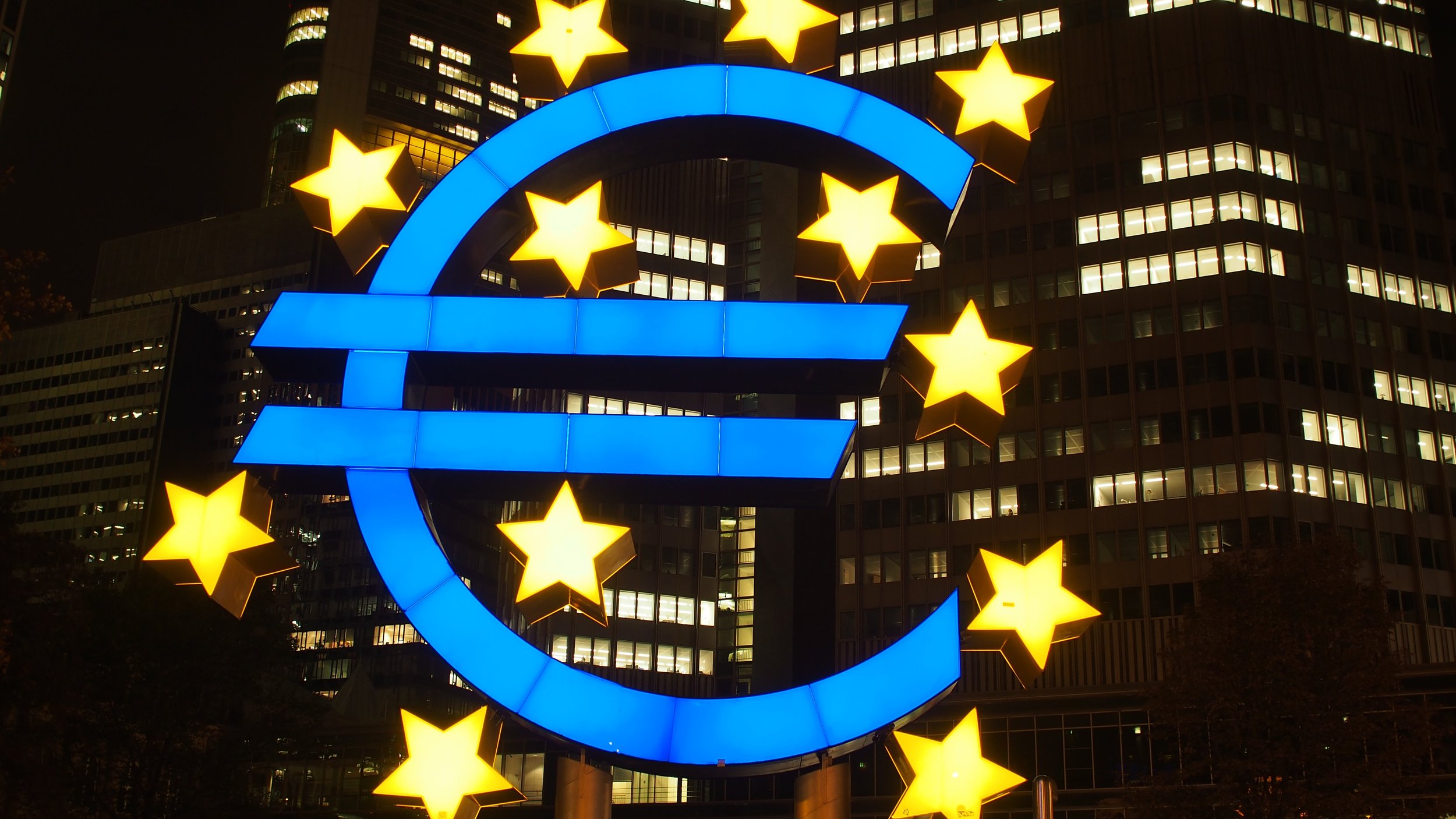#109 - Do Blue-Blocking Glasses Work?
CLIENT: - “I like to do Speckies”.
PROF MG: - “Errr, What?!”
If you haven’t visited Southern-Eastern Australia, a “Specky” is Aussie slang for a Spectacular Mark in Aussie Rules Football.
It requires one to run - leap really high in the air - place your knee on someone else’s upper back or shoulder - and catch an Aussie Rules football.
And it truly is spectacular to watch.
When it happens, the crowd goes wild. There’s an air of sheer excitement.
So when I asked my client about what they do in the hour before bed - doing Speckies is one of the last things he should have been doing …
The Basis of Sleep Hygiene
Sleep Hygiene is a collection of techniques to help a person sleep well.
One of the core parts of Sleep Hygiene is to facilitate a person’s natural decline into sleep.
This means to remove all objects and behaviours that could be stimulating before bed (eg, cease doing Speckies!)
Aside from sending clients north to the deserts of Australia - or the snowy north of Scandinavia - where they can get away from the stimulation of the cities - the usual task is to remove stimulation in the hour before bed.
And a popular thing that is proposed to be stimulating in the hour before bed is the blue light emitted from screens.
Short Wavelength Light
Light can be understood as a wavelength. That is, a wave that constantly goes up and down. And the distance between the peaks of these waves can be long or short.
Short wavelengths are now known to be stimulating.
And us humans can see these short wavelengths.
They’re usually light that is coloured green or blue.
Green and blue light are very potent at reducing the amount of melatonin (aka, the sleepy hormone) that is produced in our brains in the evening.
Even when melatonin is not produced - for example, during the day - green and blue light makes us humans alert.
LED screens were invented in the 1960s, but it wasn’t until the 2000s that they available for homes - yet they became more popular in the 2010s when consumers realised they were more energy efficient.
This has now meant that when the sun sets, our eyes are receiving more blue light from LED TVs, house lights and portable devices (Cain et al., 2020).
How To Reduce Blue Light At Night
There’s a high likelihood that the majority of humans’ eyes are receiving blue light in the hour before bed.
So how do we reduce the amount of blue light in the hour before bed?
Well, one way is to block the amount of blue light our eyes get by using ‘blue-blocking glasses’.
I first heard about this concept when my mentors Prof Leon Lack and Dr Helen Wright went about testing whether using red-tinted glasses could help people sleep - way back in 2003.
Red, orange and amber-tinted glasses help to block short-wavelength light (ie, blue and green light).
Did you notice that I said ‘help to block’ in the sentence above?
That’s because not all bluelight-blocking glasses are built the same.
And my doppleganger - Prof Michael Grandner - has recently produced a beautiful study to demonstrate this (Mason et al., 2022).
Red-tinted glasses performed the best at blocking blue and green light emitted from screens (~98%). Orange-tinted glasses weren’t as good (81%) and amber-tinted glasses were the worst (25%).
But Do BB Glasses Work?
This question is incomplete. Because it depends on what do they work for …
Q: Do BB Glasses do their job (ie, block blue light)?
A: Yes and No. It depends on the type of tint. Red-tinted glasses appear to be the best.
Q: Do BB Glasses allow the natural rise of melatonin before bed?
A: Yes.
Q: Do BB Glasses help you fall asleep faster.
A: No. Last year I did a talk for Prof Grandner’s sleep seminar series, and in this talk I compiled the time taken to fall asleep for all studies I could find that used blueblocking glasses. Here’s what the studies showed …
On average, wearing BB Glasses led to falling asleep 4.6 min faster. That’s not worth writing home about (but strangely, it’s worth writing a blog about).
What fascinates me as a scientist, is that there is a lot of variation in these studies - which usually means variation in what each study finds.
These studies were either performed in laboratories or homes, with scientifically-validated wearables or the best measure of sleep (Polysomnography), across different continents (Asia, Europe, America), and across different groups of people (adolescents, insomnia, athletes).
Yet regardless of the variation between these studies, their results are strikingly similar.
Conclusions?
When it comes to falling asleep quicker, BB Glasses are a ‘rip off’ - sold by con men and based on no firm science.
Save your money.
If you have already bought a pair and you feel they work for you, ask for a refund instead of getting sucked into concepts like ‘confirmation bias’ and ‘placebo effect’. Feel free to share the science in this blog - especially if BB advertisements use terms like ‘science’ and ‘clinically proven’ in their sales pitch.
Time to reinvest your money into sleep science solutions that work.
But when it comes to reducing ‘bright’ blue screenlight in the evening - there are more comfortable ways of doing it - and they’re free!
If you wish to find out, then you have 24 hours to add WINK Sleep as your weekly source of scientifically valid sleep information (see below to subscribe).
If you do subscribe, your gonna get this blog - but at the end of it, I’m going to tell you a very simple thing you can do with your screens at night - and most importantly - I’m going to prove it by showing you data from a study I led.
Prof MG







